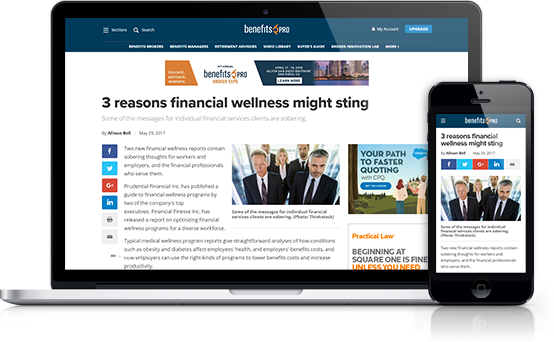 Numerous surveys have found that US adults trust their employers as a source of health care information generally and for COVID-19 information, specifically above other sources. (Photo: Shutterstock)
Numerous surveys have found that US adults trust their employers as a source of health care information generally and for COVID-19 information, specifically above other sources. (Photo: Shutterstock)
Since the COVID-19 pandemic was announced in the US in mid-March, our hospitals have been filled with patients seeking care for illness associated with the coronavirus—however, children and adults in the US have been avoiding getting both preventive care and non-urgent care for other conditions.
Continue Reading for Free
Register and gain access to:
- Breaking benefits news and analysis, on-site and via our newsletters and custom alerts
- Educational webcasts, white papers, and ebooks from industry thought leaders
- Critical converage of the property casualty insurance and financial advisory markets on our other ALM sites, PropertyCasualty360 and ThinkAdvisor
Already have an account? Sign In Now
© 2024 ALM Global, LLC, All Rights Reserved. Request academic re-use from www.copyright.com. All other uses, submit a request to [email protected]. For more information visit Asset & Logo Licensing.








